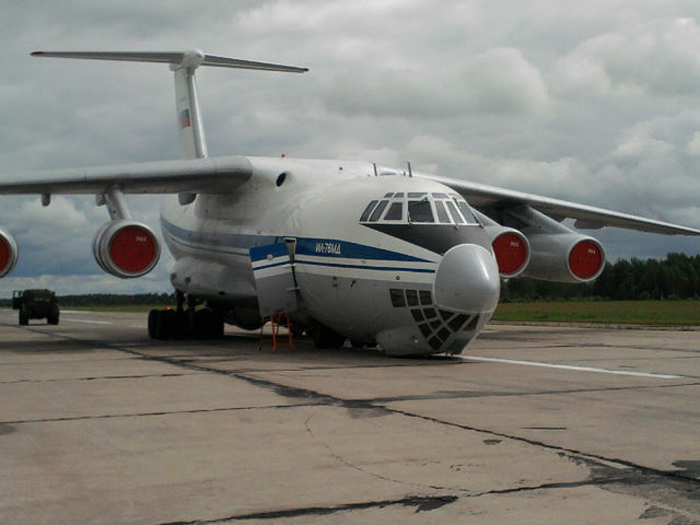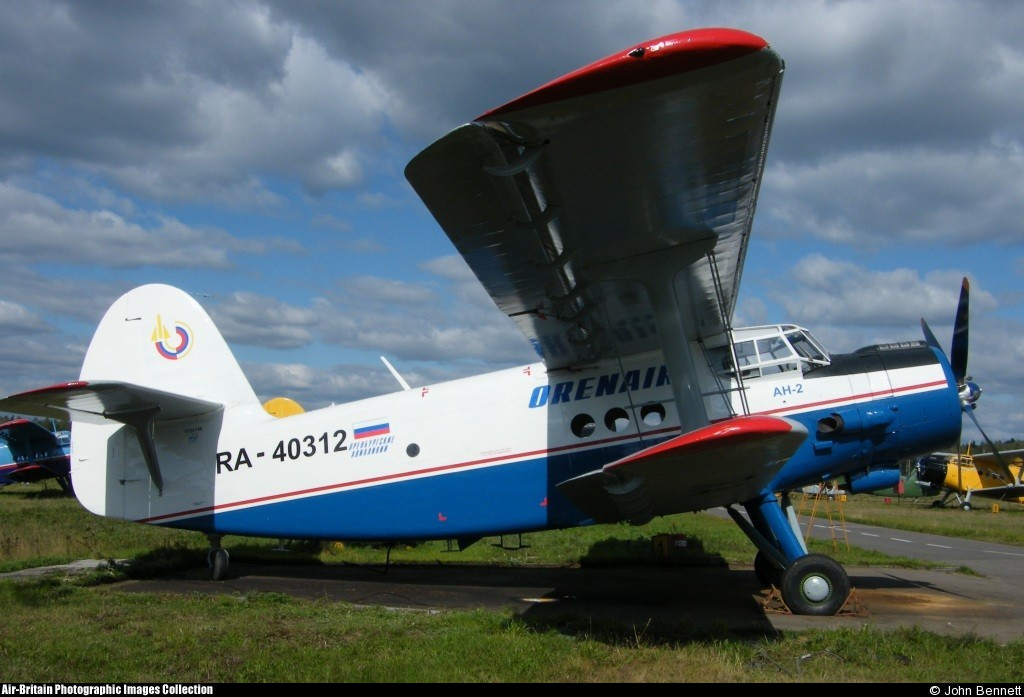Region
Crash of an Ilyushin II-76MD in Tver
Date & Time:
Jun 27, 2012 at 0029 LT
Registration:
RA-76761
Survivors:
Yes
Schedule:
Tver - Tver
MSN:
00734 79401
YOM:
1987
Crew on board:
4
Crew fatalities:
Pax on board:
0
Pax fatalities:
Other fatalities:
Total fatalities:
0
Circumstances:
The crew was completing a local training mission at Migalovo AFB and was performing touch-and-go manoeuvres. By night, the aircraft was approaching in a nose-down attitude when the nose gear landed hard first. It penetrated the floor just behind the cockpit. The aircraft slid for few dozen metres before coming to rest on runway. All four crew members evacuated safely while the aircraft was damaged beyond repair as the fuselage was wrinkled.
Probable cause:
It is likely that following a wrong approach configuration, the aircraft landed nose first with a high aerodynamic acceleration.




Crash of a PZL-Mielec AN-2R near Serov: 13 killed
Date & Time:
Jun 11, 2012 at 2211 LT
Registration:
RA-40312
Survivors:
No
Schedule:
Serov - Serov
MSN:
1G221-48
YOM:
1986
Crew on board:
1
Crew fatalities:
Pax on board:
12
Pax fatalities:
Other fatalities:
Total fatalities:
13
Captain / Total hours on type:
5977.00
Aircraft flight hours:
3966
Aircraft flight cycles:
12000
Circumstances:
In the evening of 11JUN2012, a group of 13 people departed Serov Airport at 2200LT on an illegal trip with an unknown destination, maybe for fishing, sauna or any other party. The aircraft failed to return and was lost without trace. Local Authorities performed search and rescue on more than 275,000 square km until 23JUL2012 without success. It seems that all occupants were intoxicated when they took the airplane, among them the Chief of Serov City Police, three of his deputies, an airport guard and several others. On Saturday 05MAY2013, local hunters found the burnt wreckage and the skeletonized remains of the bodies on a marshland, some 10 km southwest of Serov Airport.
Probable cause:
It is believed that the airplane was flying at low height when its left lower wing impacted tree tops. The aircraft then rolled to the left to an angle of 90° and crashed, bursting into flames. At the time of the accident, the pilot and other occupants were intoxicated.
Final Report:


